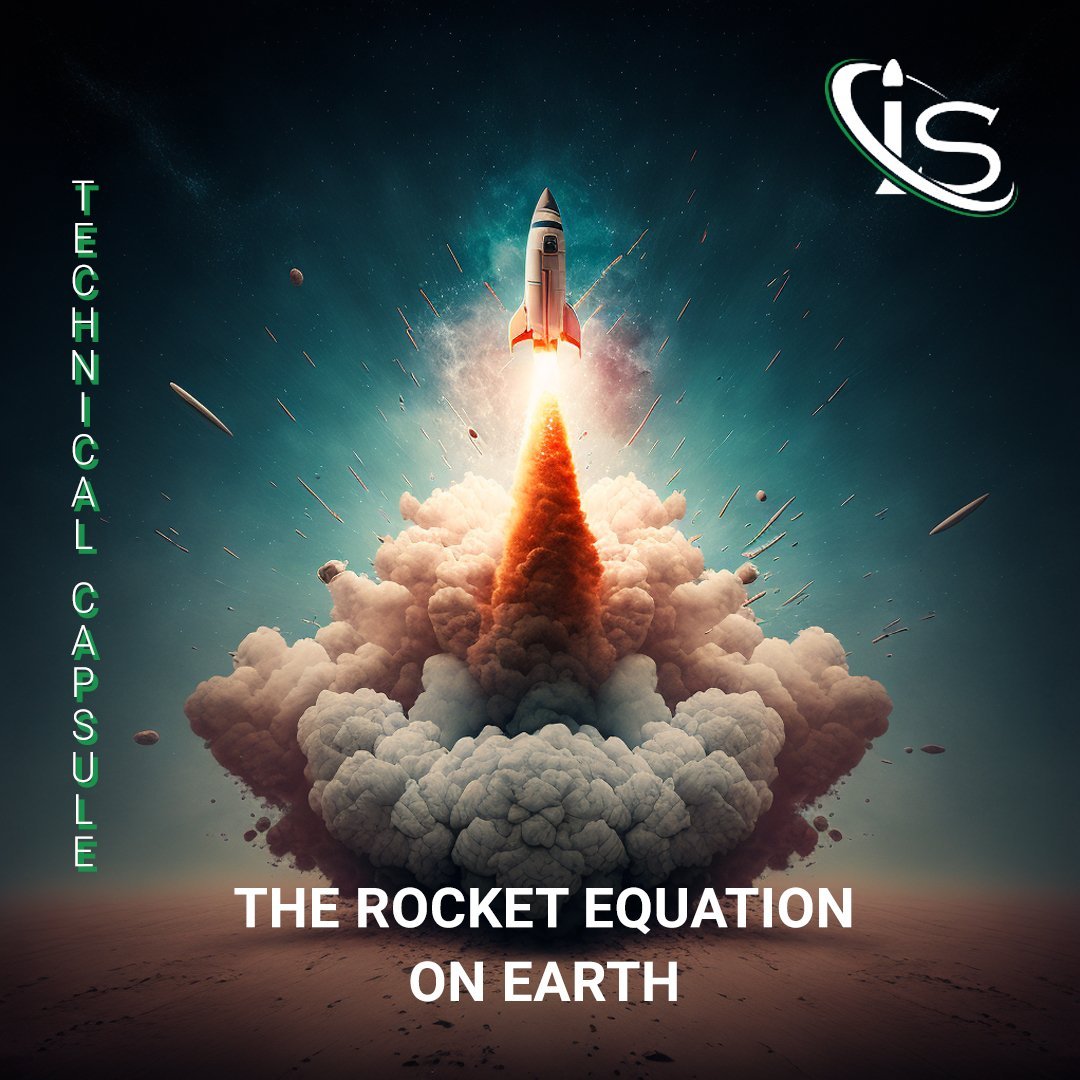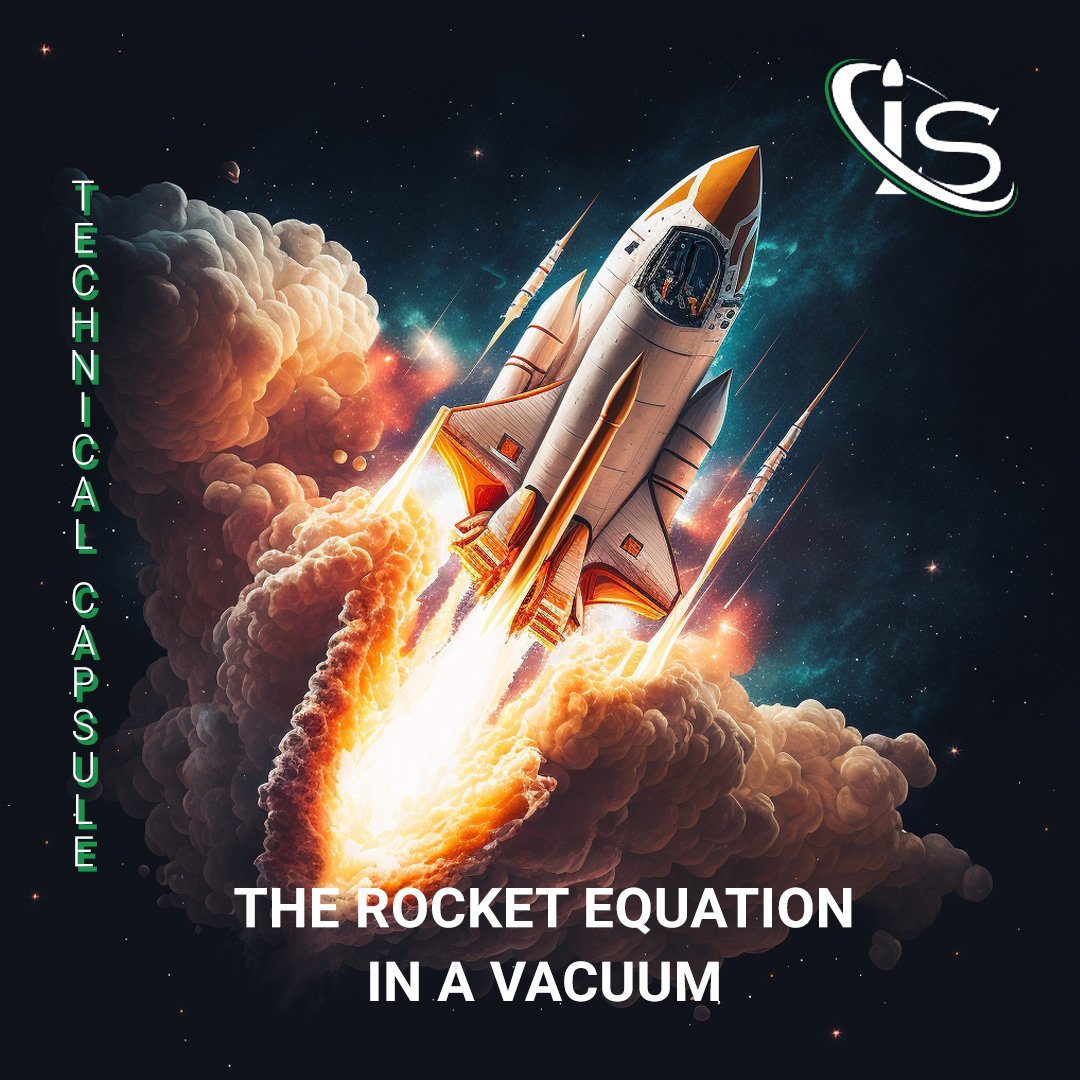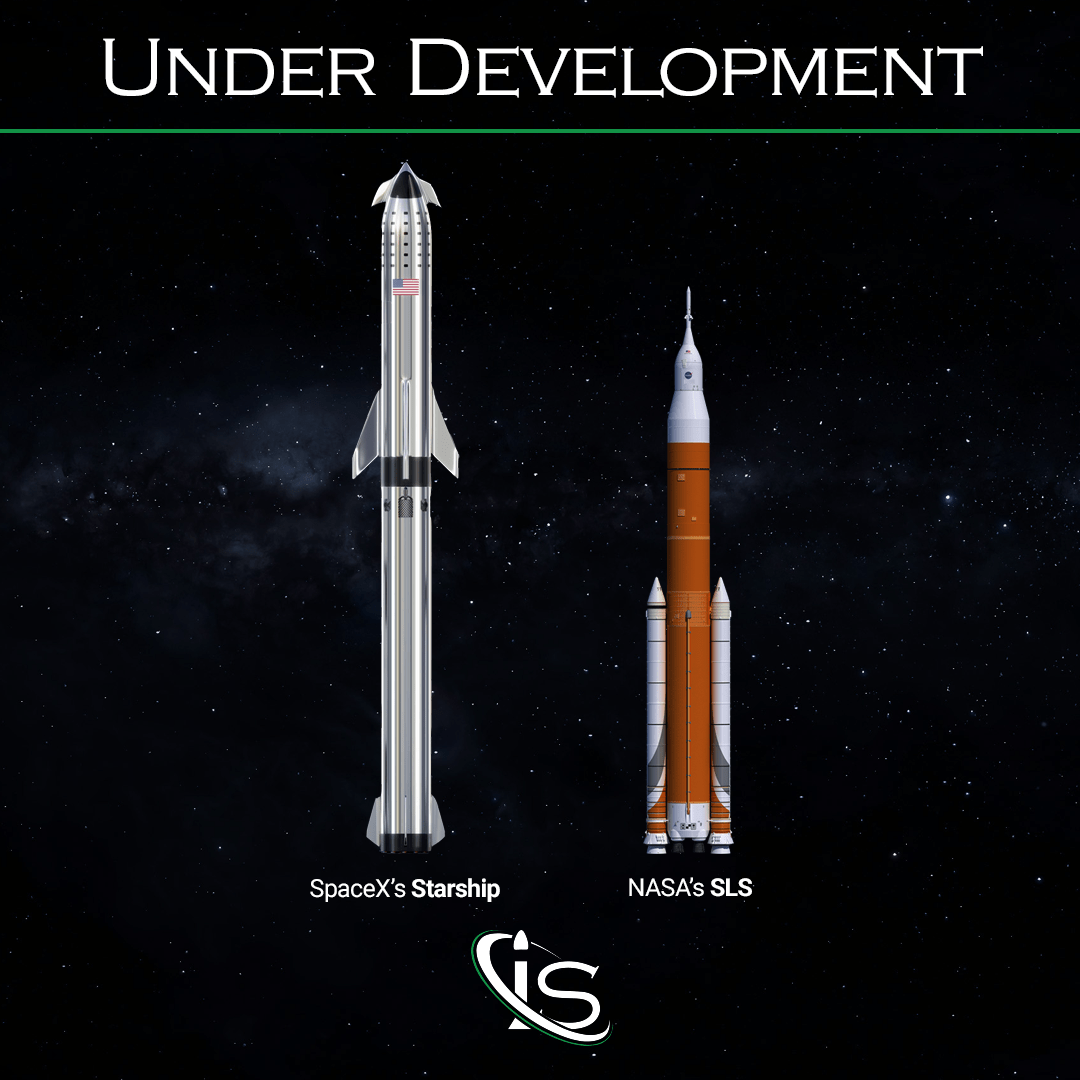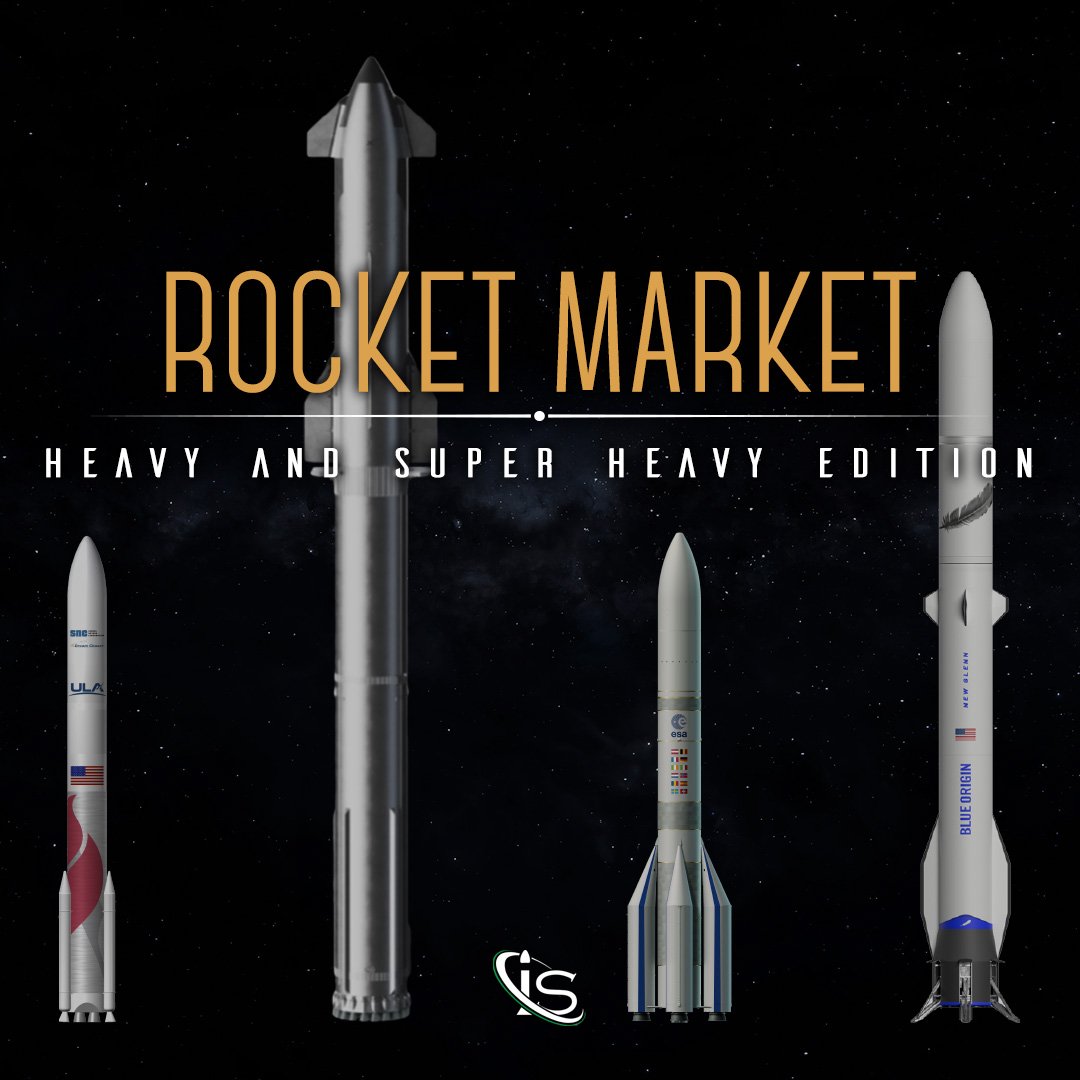Hello, and welcome to the first science capsule of 2023! By the time this will be posted, it will already be January 4th. So, I truly hope everyone is having a great start to the year. I most certainly cannot complain when it comes to how my end of 2022 and beginning of 2023 has gone. But enough about that. It is time to jump into the topic for today’s capsule; that being: just how much energy does a rocket need to reach the Moon.
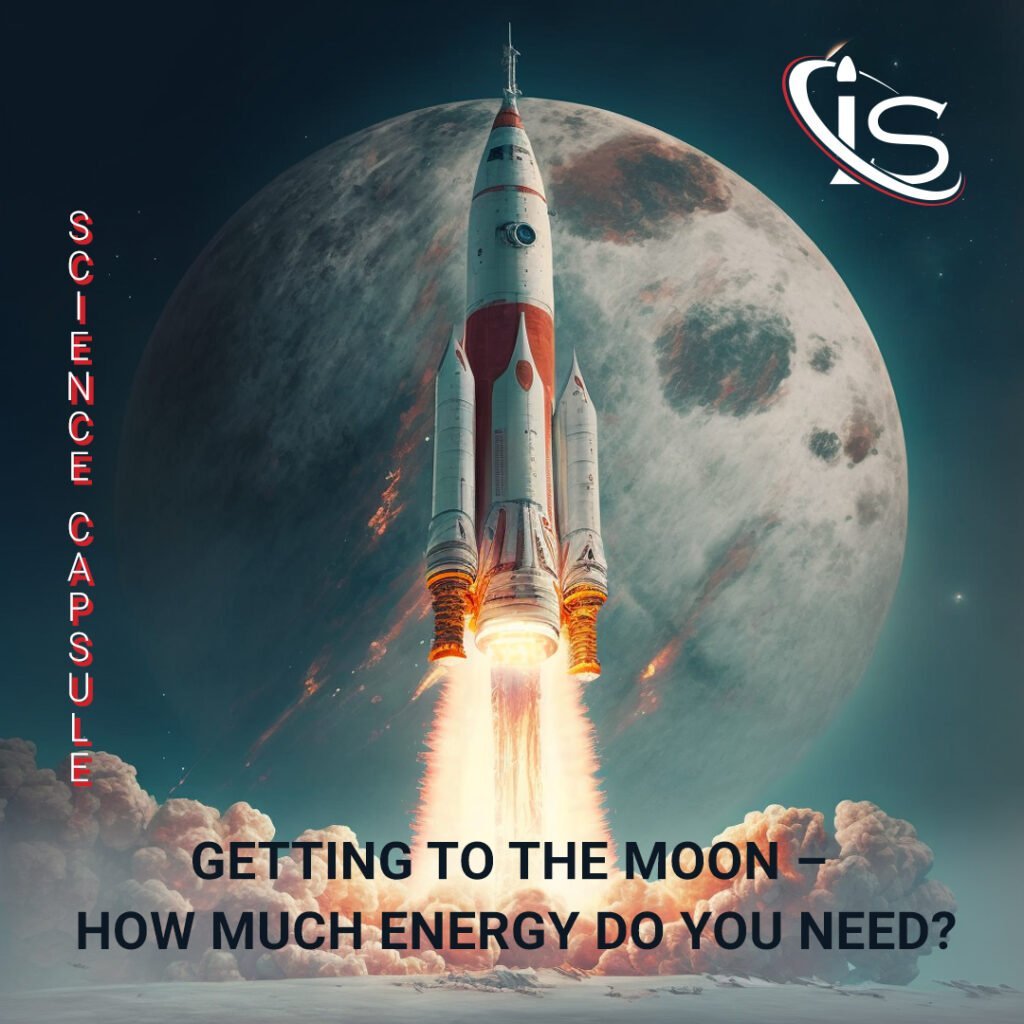
I was toying around with the idea of analyzing a rocket’s energy requirements for a while, and the ongoing Artemis program seems like the perfect chance to delve into this. For anyone curious, Artemis is NASA’s new mission to take mankind back on the Moon. And if you would like to learn more about this, you can check out some of the Technical Capsules already posted on our website. Also, before we go any further, the Artemis mission will serve merely as a tool to explore this concept. The actual calculations will not be exact to the mission, nor will they take into account all the necessary factors to come up with a precise and accurate answer (especially since some of them are not available to the public). Instead, what this capsule will try to achieve is delving deeper into an interesting and useful physics concept that can be applied to many — and I do mean many — scenarios.
The SLS: the rocket getting to the Moon
First off, this topic will be divided into two sections: part 1 will explore the energy needed to get the required rockets into space; whereas part 2 will detail the energy required to go from Earth to the Moon. With this in mind, there is no set amount of energy for all rockets to go into space. After all the basic equation for kinetic energy, which is what any moving object will have, is simply:
![]()
Where:
T: Kinetic Energy
m: Mass
v: Velocity
Therefore, an object’s mass and velocity are the two properties directly responsible for this quantity, meaning that every rocket will have different kinetic energies. Now, in order to find our total energy over a set distance, this quantity would not really suffice. After all, kinetic energy is more of an instantaneous property. But I am getting ahead of myself. So, let us start by finding the necessary measurements to get our final energy expended.
What we are interested in for this part is the rocket that will carry all the cargo, spacecrafts, and people into space for the Artemis mission. And that rocket’s name is the SLS. That stands for Space Launch System, which, frankly, sounds a lot more boring than its acronym. So, we will use the SLS name going forward, both for dramatic effect and to save me the extra couple seconds needed to type the full name. Regardless, this is one incredible piece of machinery. However, we are interested in how much energy this behemoth will need at the moment, not all the technical nuances behind it. Especially, since there is already a fantastic Technical Capsule on this very argument for anyone interested. So, let’s get right to the core of our question.
The Mass
To get our energy requirements, we need to start with the total mass of the objects that will be launched into space. First off, we have the SLS itself, which comes in at a staggering 2,603 tons or 2,603,000 kg. This alone will make its kinetic energy enormous. Now, this is the mass of the SLS while fueled. If we look at the unfueled one, it comes in at 1,588 tons or 1,588,000 kg. This actually raises a bit of a problem, as its fuel will be continuously consumed to provide the energy we are investigating. That means that, as the SLS makes its way into space, it will start becoming lighter and lighter.
On top of this, we need to take its payloads into account. Its payload to LEO, or Lower Earth Orbit, is 95 tons, while its payload to TLI, or Trans-Lunar Injection, is 27 tons. There are also going to be a lot of secondary payloads aboard — 10 to be precise. The max mass for each of them is 30 kg. However, even if we take them all to be at this maximum, the total mass would still only be 300 kg. Therefore, I will do two separate calculations, one with this mass and one without, to show how little impact it has in the grand scheme of things.
The Velocity … Kind of
This is where things get a bit trickier. After all, the SLS is starting on the ground and continuously accelerating before reaching its desired speed. So, my job becomes a little less straightforward, with a super accurate answer basically going out the window. Still, we can get a general idea thanks to one of my favorite math concepts, the integral. And I am quite confident that some of you are probably rolling your eyes just hearing that word. But integrals are pretty incredible, whether you personally like them or not. And in this case, they will save the day. Or at least our calculations.
Kinetic Energy, Potential Energy, and Work
You see, while the rocket’s total energy is what we would ideally want, the best way to go about finding it is calculating kinetic energy’s close relative, potential energy. Or, rather, the work done in this case; but as those two are (basically) direct opposites, I thought going for the dramatic and using the “relative” anecdote would be more fun. Anyway, before we go any further, I should explain how kinetic and potential energy — or work — are related. The first thing to know, is that energy, much like matter, is neither created nor destroyed. Instead, it is simply transferred from one place or object to another. Therefore, if we find the total work needed for the SLS to leave Earth’s atmosphere, we will also find how much total kinetic energy the rocket had in its journey.
The Math
And this is where the integral comes in. And the integral itself is pretty straightforward in this case — at least more so than the general relativity ones:
![]()
Where:
W: Work
F: Force
S: Distance
From the equation above, we see that all we need is the mass, acceleration, and distance traveled. Unfortunately, this is where some approximations need to be made. The acceleration of this rocket is not a constant quantity. In fact, its maximum thrust — which is the force part of the equation — and its thrust at launch do not coincide, with the former being 39,144 kN and the latter being 36,788 kN. Furthermore, we do not know what the exact thrust will be at any given moment — except launch, of course. If we had access to the function that determines this rocket’s acceleration, then finding the total work done would be a piece of cake. As this is not the case, however, we are going to have to make do with what we have.
The Energy
It is finally time to find this infamous total energy needed for the SLS to reach space; more specifically, we are going to find the (approximate) energy requirements for this rocket to reach LEO, as that is a good stopping point for the first part of this two-capsule series. As a reminder for anyone who forgot — or a new piece of information for anyone who was not previously aware — LEO, or Lower Earth Orbit, is located about 2,000 km from Earth. Therefore, using our work equation, we get:
![]()
Some Approximations Required
Well, that is what we would get if the SLS that left the ground was the same one that reached LEO. This, however, is not the case. Not only is the fuel going to be constantly consumed, but the core stage of the SLS will detach from the rest at only 166,896 m of altitude. That means that at said height, the SLS will lose 1,088,000 kg. Therefore, what we actually get is the following:
![]()
![]()
Please note that I used an average of the launch and maximum thrust for the force part of the equations. I also took the total mass of the SLS to be the one with maxed out secondary payloads, which was needed to find the acceleration. Furthermore, there are other parts of the rocket that will detach at various points, meaning that to get the full picture we would need access to much more specific data. Besides that would also start to intrude into the territory of next week’s capsule. So, basically, the actual numbers will not be exactly this (unless we are looking at the mother of all coincidences).
SLS’s What If…?
And for anyone wondering what this number would be without the secondary payloads:
![]()
As you can see, the difference is not really that noticeable, which is kind of the point, as secondary payloads might vary, whereas the primary one(s) need to be known in advance. Still, this was more to show the small difference between the two scenarios then anything else.
I also would like to put these numbers into perspective. New York City, one of the busiest and liveliest places on Earth, requires around 39,600,000,000 kJ per day to keep everything running. That means that just to get the SLS into LEO, the amount of energy used could power NYC for over a day!
Until Next Time
And that will do it for me here today. I am sure some of you are wondering why I brought up kinetic energy, or even the SLS mass, in the first place when they did not really factor into the final equation. The answer is simple. For as much as I may pretend to not like parts of physics, it is still a subject that is close to my heart. And as such, I like to share some of my knowledge of it with all of you. Besides, these capsules are primarily meant to be a way to learn new things — both for you and me. As such, I preferred to show you all the different aspects and considerations that go into tackling such a problem. That way, you can try to solve similar queries yourself.
If you want to, of course. This is not school, so you do not have to show me your homework when reading the next capsule.
With all that being said, I truly hope you enjoyed this capsule and that you are having as good of a start to the year as a I am. Although, that second part is pretty difficult to achieve, if I am being honest. As always, you can check out our other capsules right here, at impulso.space. They will continue to come out every Wednesday, so you know exactly when and where to look. “See” you next week for part 2 of this energy escapade.


